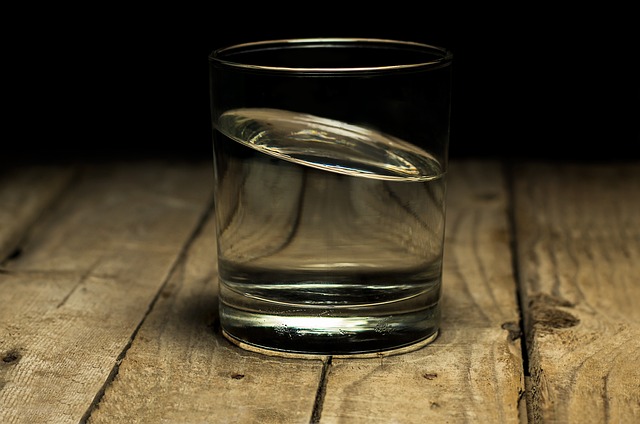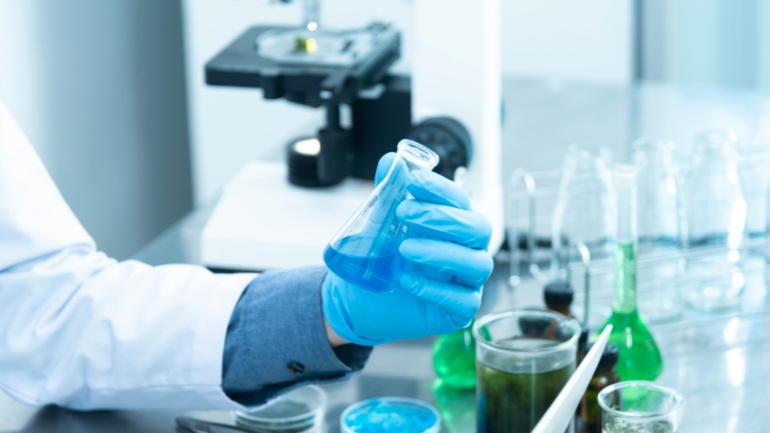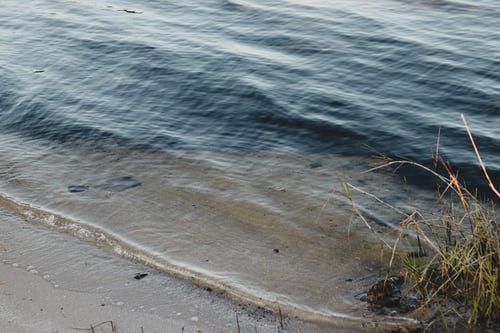By Brigitte Rodriguez, Associate Researcher & Writer for Save The Water™ | November 1, 2022
In recent years, scientists have been developing new technologies for making drinking water. However, these technologies use a lot of energy. But a professor at Arizona State University has presented a clean technology that uses less energy: hydropanels.
Hydropanels can create safe drinking water sustainably. They extract clean drinking water from the air. Scientists recognize hydropanels for several reasons. For example, their innovative model is self-contained and environmentally friendly. In addition, hydropanels can deliver “water directly to a tap or faucet.”
What is the Situation in Dallas?
In Sandbranch, Dallas, the community suffered a lack of drinking water for more than 30 years. In other words, there is no access to a municipal water or sewage system.
According to The Guardian, “Sandbranch has no water pipes, sewerage...” Every community needs safe, clean water. Everyday activities like brushing teeth, drinking, and cooking depend on safe water.
Now, instead of providing drinking water, local officials require 88 people in the community to relocate.
Future Perspectives
Sandbranch has no water, but a water project could help the city. The project would require grants to lay pipes and sell the resulting water to the city of Dallas. In this way, the community could sell water and ensure that the drinking water meets water quality standards. The community could use hydropanels in this project.
What is a Hydropanel?
A hydropanel is a technology that uses only solar energy to extract water from the air.
How does that work? First, solar energy charges the panel, which allows a fan to turn on. As the fan operates, it draws air from the environment. The air then passes through a material that absorbs the water vapor, resulting in water that is stored in a reservoir. Lastly, minerals are added to the stored water, making potable water.
According to UNICEF, one in three people globally lack access to safe drinking water. Therefore, it is important to implement technologies that ensure good drinking water quality. Likewise, it is a right that all people have water, since good health depends on safe water.
Advantages of Hydropanel Technology
This innovative technology offers some advantages
- Produces zero waste
- Uses clean energy
- Reduces risk of contamination
Hydropanels are eco-friendly devices that have many benefits. Therefore, this technology should enjoy widespread use in remote locations, where this technology can work efficiently.
Other Technologies
Currently, several available, innovative technologies can produce drinking water:
- Desalination: This technology can remove salt and other minerals from water. It is used to produce water for human consumption. Some advantages of this technology include preserving freshwater supplies, assuring water quality, and preserving the aquatic system and its biodiversity.
- Reverse Osmosis (RO): RO can remove salt ions and molecules from water. It uses a solvent that can pass through a membrane. In other words, the solvent (water) moves from an area of low solute concentration to an area of high solute concentration.
- Membrane Distillation (MD): MD is a separation process that can treat saline water and wastewater. In fact, the main factor in this technology is water. With this in mind, water passes through a hydrophobic membrane, which repels water. This means that only water vapor passes through the membrane.
Scientists continue to work to find out more about how to improve technologies to produce drinking water. In the meantime, they’re still developing more environmentally friendly technologies.
What Can You do to Save Water Quality?
Surely, there are a few ways you can preserve water quality:
- Take part in public awareness campaigns to draw attention to the importance of drinking water.
- If you live in a country or region with water bodies at risk, urge your government to better manage cleaning sewage and wastewater.
- Reduce water use by taking shorter showers, and don’t forget to always check for water leaks.
- Reuse the water used to clean the vegetables for watering the plants.




